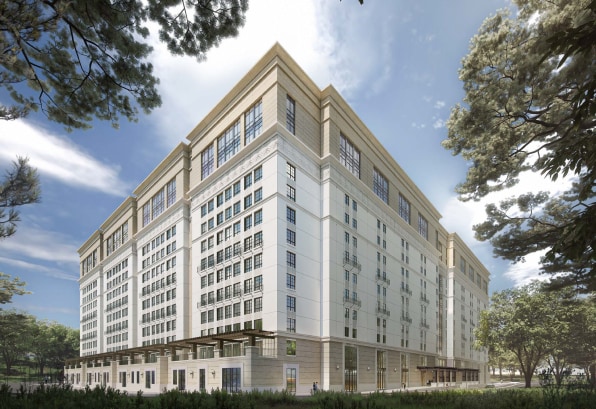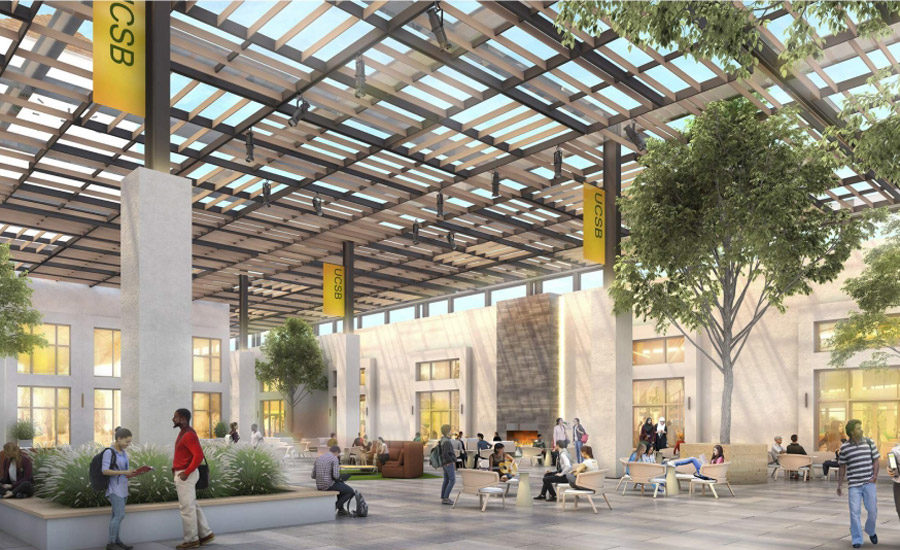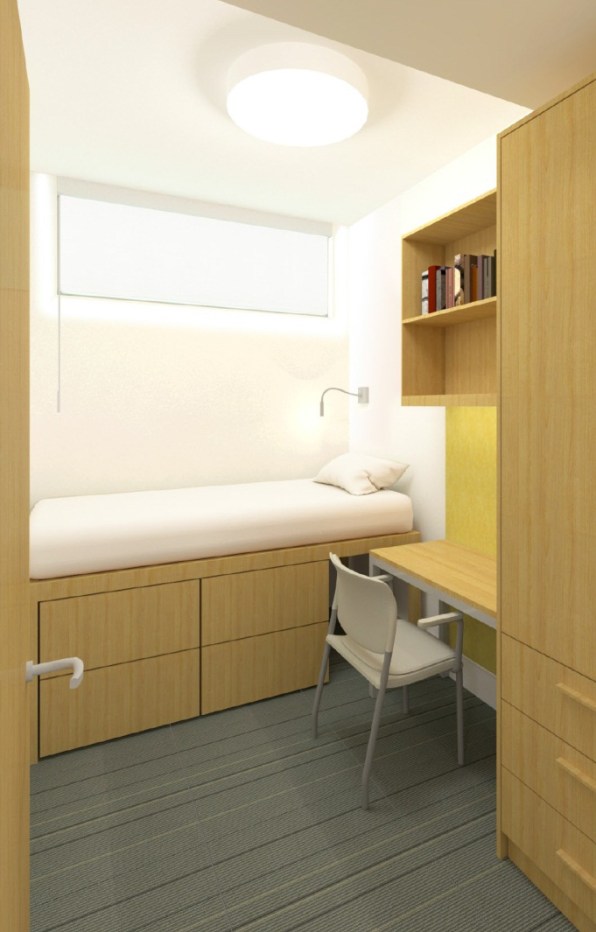An American billionaire is defending his plans for a massive university dormitory in which 94 per cent of the 4,500 student bedrooms do not have a window.

Charlie Munger, a 97-year-old investor for Berkshire Hathaway and one of Warren Buffet’s closest colleagues, forked over a US$200 million donation to help construct the so-called “superdorm,” which is slated to be built on the University of California Santa Barbara campus.
Munger, who is not a licensed architect, handed over the massive donation with the stipulation that the building be built to his exact specifications. It must also bear his name.
His design is drawing ire and ridicule from media and architects, and it has prompted one of the project’s committee members to resign.
Dennis McFadden, a consultant architect that sits on UC Santa Barbara’s design review committee, resigned in late October, calling Munger’s designs a “social and psychological experiment with an unknown impact on the lives and personal development of the (students.)”
Although the project renderings show many windows on the outside of the building, each of the nine identical residential floors is divided into eight “houses,” with each house further divided into eight eight-person suites. Only the bedrooms that fall at the end of each row — about six per cent of all rooms — feature a window.

McFadden said he also takes issue with the building’s high density, claiming the size of the building and the number of occupants would qualify it as the eighth densest neighbourhood in the world.
“The project is essentially the student life portion of a mid-sized university campus in a box,” he wrote in his resignation letter.
It’s not just the lack of windows that has people scratching their heads — critics are also baffled by the sheer size of the 1.7-million-square-foot, 11-storey building, the lack of entrances (there are only two) and the bedroom lighting.
Despite the controversy surrounding the building, Munger has been defensive of his design, and even resorted to calling McFadden names.
Munger told Architectural Record that McFadden “reacted with his gut like an idiot. He didn’t look at the building intelligently.”
As for the windowless rooms, Munger says each room will be equipped with a dimmable fixture that replicates the glow of the sun — a design inspired by the lighting technology used in the windowless cabins of Disney cruise ships.
“The way Disney does it, the window is really a television set. Those work beautifully on the ships. But I wanted to have a spectrum of sunlight, so with a curtain hanging over it you couldn’t tell if it was artificial or real. I figured out how to do that. Programming the lights to copy the sun was too expensive. So we will give the students knobs, and they can have whatever light they want. Real windows don’t do that.”
Munger says a Costco store is planned for the building’s penthouse and promises that having students of all genders living in the same dorm will “enormously improve the behaviour of the males.”
Santa Barbara is struggling to keep up with student housing demands; there isn’t a sufficient amount of housing in the area, and what does exist is often outdated. Experts believe Munger’s building could help relieve some of the housing woes.
However, University of Michigan students living in windowless rooms at a residence also designed by Munger, told CNN how terrible the living conditions can feel without natural sunlight.
“It’s completely thrown off my circadian rhythm. It’s hard to get up in the morning to go out of bed because I never know what time it is,” student Louise Batta told CNN. “I know that people joke all the time about how bad the living situation is, but it has truly had a negative impact on my grad school experience.”
Despite the backlash, UC Santa Barbara intends to move forward with the planned building, which is slated for completion by 2025.










Comments